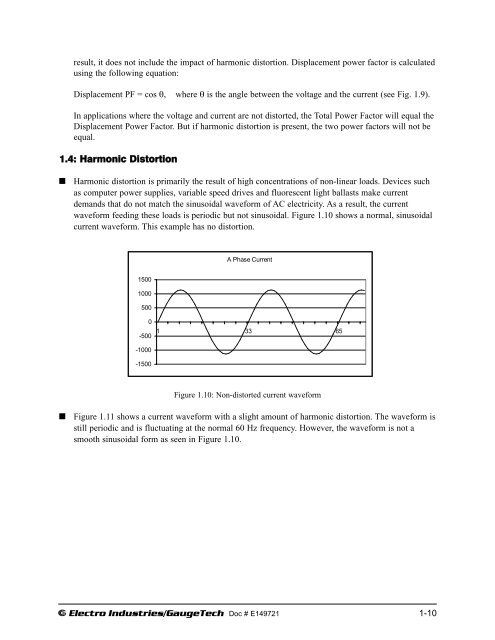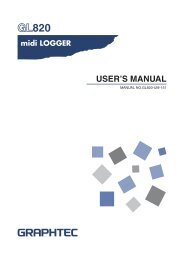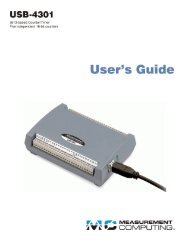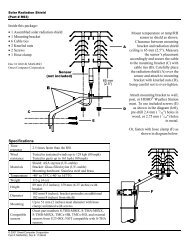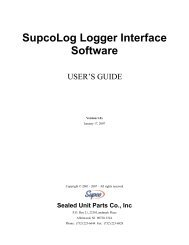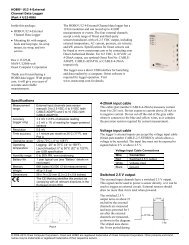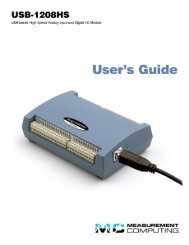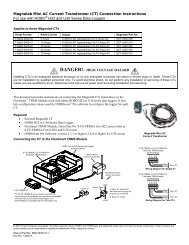Create successful ePaper yourself
Turn your PDF publications into a flip-book with our unique Google optimized e-Paper software.
esult, it does not include the impact of harmonic distortion. Displacement power factor is calculated<br />
using the following equation:<br />
Displacement PF = cos θ, where θ is the angle between the voltage and the current (see Fig. 1.9).<br />
In applications where the voltage and current are not distorted, the Total Power Factor will equal the<br />
Displacement Power Factor. But if harmonic distortion is present, the two power factors will not be<br />
equal.<br />
1.4: Harmonic Distortion<br />
<br />
Harmonic distortion is primarily the result of high concentrations of non-linear loads. Devices such<br />
as <strong>com</strong>puter power supplies, variable speed drives and fluorescent light ballasts make current<br />
demands that do not match the sinusoidal waveform of AC electricity. As a result, the current<br />
waveform feeding these loads is periodic but not sinusoidal. Figure 1.10 shows a normal, sinusoidal<br />
current waveform. This example has no distortion.<br />
A Phase Current<br />
1500<br />
1000<br />
500<br />
0<br />
-500<br />
1 33 65<br />
-1000<br />
-1500<br />
Figure 1.10: Non-distorted current waveform<br />
<br />
Figure 1.11 shows a current waveform with a slight amount of harmonic distortion. The waveform is<br />
still periodic and is fluctuating at the normal 60 Hz frequency. However, the waveform is not a<br />
smooth sinusoidal form as seen in Figure 1.10.<br />
e Electro Industries/GaugeTech Doc # E149721 1-10


